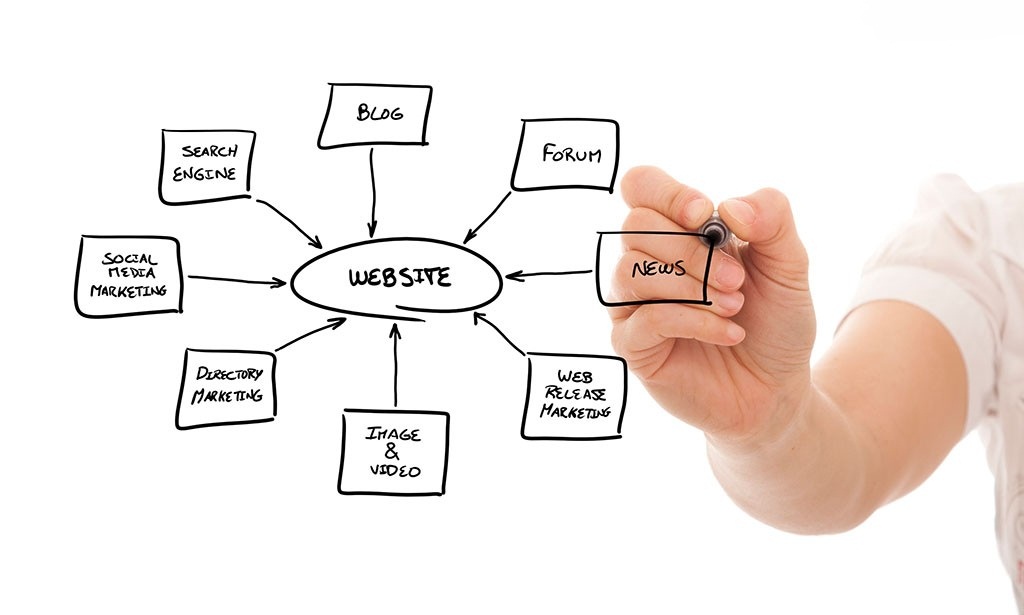As a digital marketer that imbibes on the inbound marketing kool-aid on an almost daily basis, it amazes me that there are businesses that are still hesitant about taking the digital plunge. Yes, they may have a website. They might even have spent some big money having it built. But there is a vast amount of businesses who left it at that while continuing with traditional marketing. There is so much more to digital marketing than a website, and plenty of reasons why it needs to have a more serious place at the table than just that.
We’re going to take some time exploring digital marketing in the coming weeks – what it is (and isn’t), why it’s important and how it all works together to increase traffic, leads and customers for your business.
it all works together to increase traffic, leads and customers for your business.
What is digital marketing?
Gone are the days when we could throw up a website and the traffic would just flow in and the customers would just buy. The landscape is a lot more crowded and it takes more effort to garner the attention of a potential customer. I define digital marketing as the marketing that occurs online or via mobile device to result in an offline or online action by the potential customer. Notice that I say the resulting action can be offline or online. Whether it be to hit a Buy Now button online or to print a coupon so they can bring it into the store, the advertisement would still appear in an online setting.
Digital marketing encompasses search, content, social, email and mobile marketing. A website is only a small piece of the puzzle. For that reason, it’s pretty difficult to specialize in just one aspect and call it a “digital marketing strategy”. They all interconnect, but we’ll talk about how that works and what that looks like in the next post.
Some other terms you might hear interchanged with digital marketing are online or internet marketing. Here’s my problem with that. To me, “online marketing” leaves out the mobile piece, and it more closely resembles “internet marketing” that involves affiliate marketing (think ClickBank and info products). Another term used is inbound marketing, coined by Brian Halligan at HubSpot. Synonymous with “permission marketing“, inbound marketing is all about earning the right to market to your audience by providing valuable content. The term is typically used to describe digital marketing, but as you can see from that broad definition, a paper ad that offers a free brochure about nutrition or weight loss could probably classify. You could argue that a well-placed ad in the middle of a magazine is interrupting the reader’s reading and therefore be more of a traditional outbound marketing piece, but that is for another discussion.
Hopefully, you’ve gotten an idea what digital marketing is and isn’t, and how it relates to other marketing terms you see online. Next time we’ll talk about how all the sub-marketing concepts of digital marketing, like email and SEO, relate to one another to create a comprehensive digital marketing strategy.
Part 2: The Benefits of Digital Marketing: How it all works together.

Trackbacks/Pingbacks